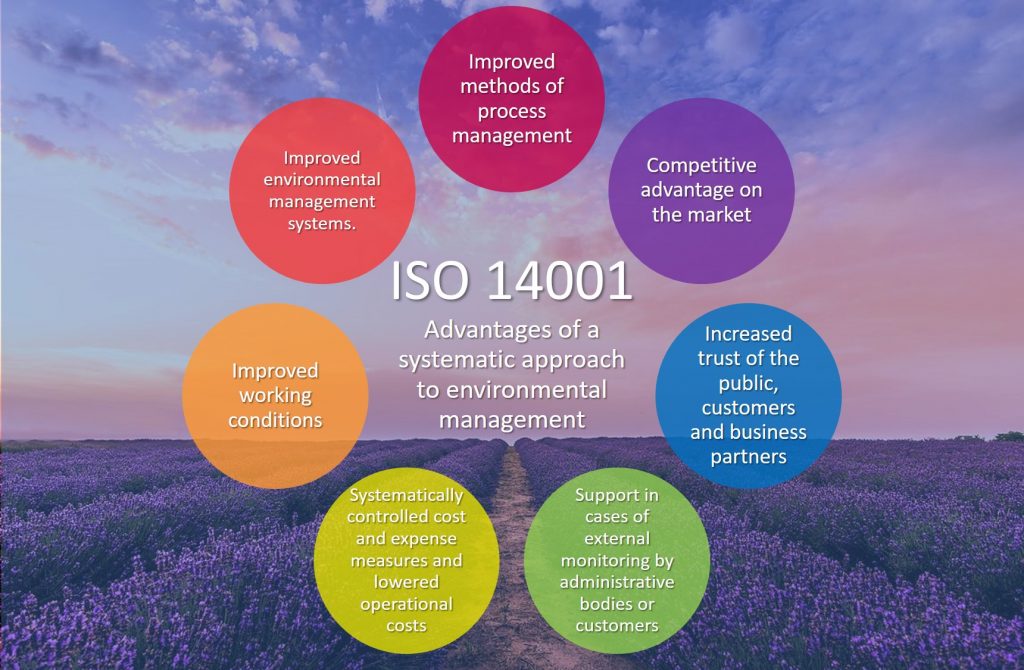Environment and Energy
Environmental Management Systems
What is an environmental management system?
An environmental management system encompasses an overall control of industry or service sector environmental aspects. It covers the requirements for compliance with legal and other areas, as well as levelling cost, efficient use of resources, prevention of pollution and response to the requirements and expectations of customers, proprietors or founders of an organization and other interested parties. Guidelines for an environmental management system are given in the ISO 14001 standard. With its adoption and application, an organization can fulfill environmental principles of its environmental policy, which makes it easier for it to control environmental hazards, continually improve and adapt to customers, market and regulatory requirements, scientific, and technological progress.

Main Activities for the Establishment of an Environmental Management System:
- Management decision,
- initial environmental review,
- study of the requirements of the ISO 14004 and ISO 14001 standards,
- system establishment plan,
- identification of relevant environmental aspects and legal requirements,
- definition of environmental policies,
- definition of environmental objectives and targets, and environmental management programmes for achieving the set of objectives and targets,
- identification of interested parties,
- development of communication channels,
- preparation of training programmes,
- measurement, maintenance and checking,
- continual improvement.
Contact
- SIQ Ljubljana
- Mašera – Spasićeva ulica 10
- SI-1000 Ljubljana
- Blanka Kaker
- Tel: +386 (0)51 335 657
- blanka.kaker@siq.si
